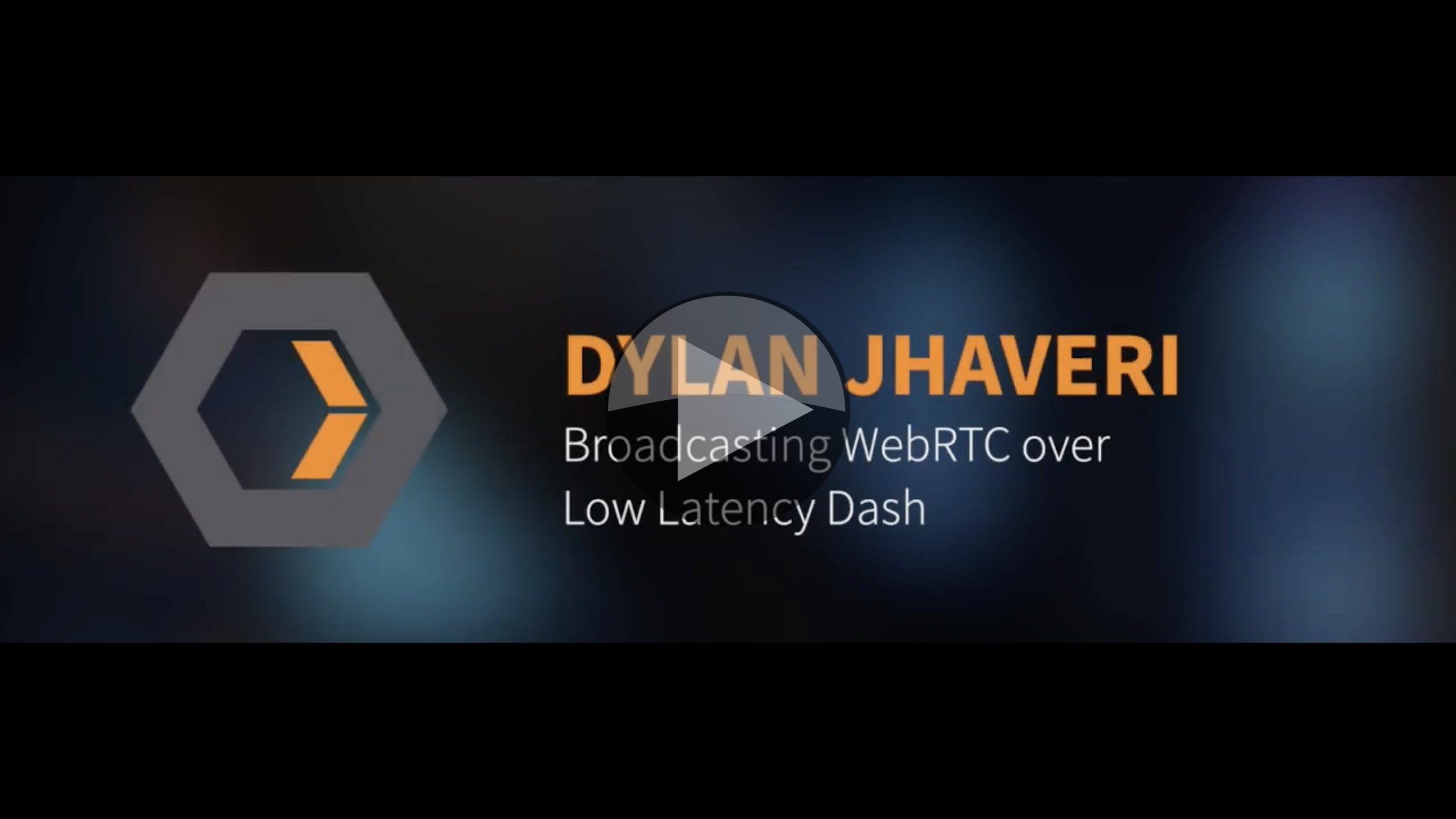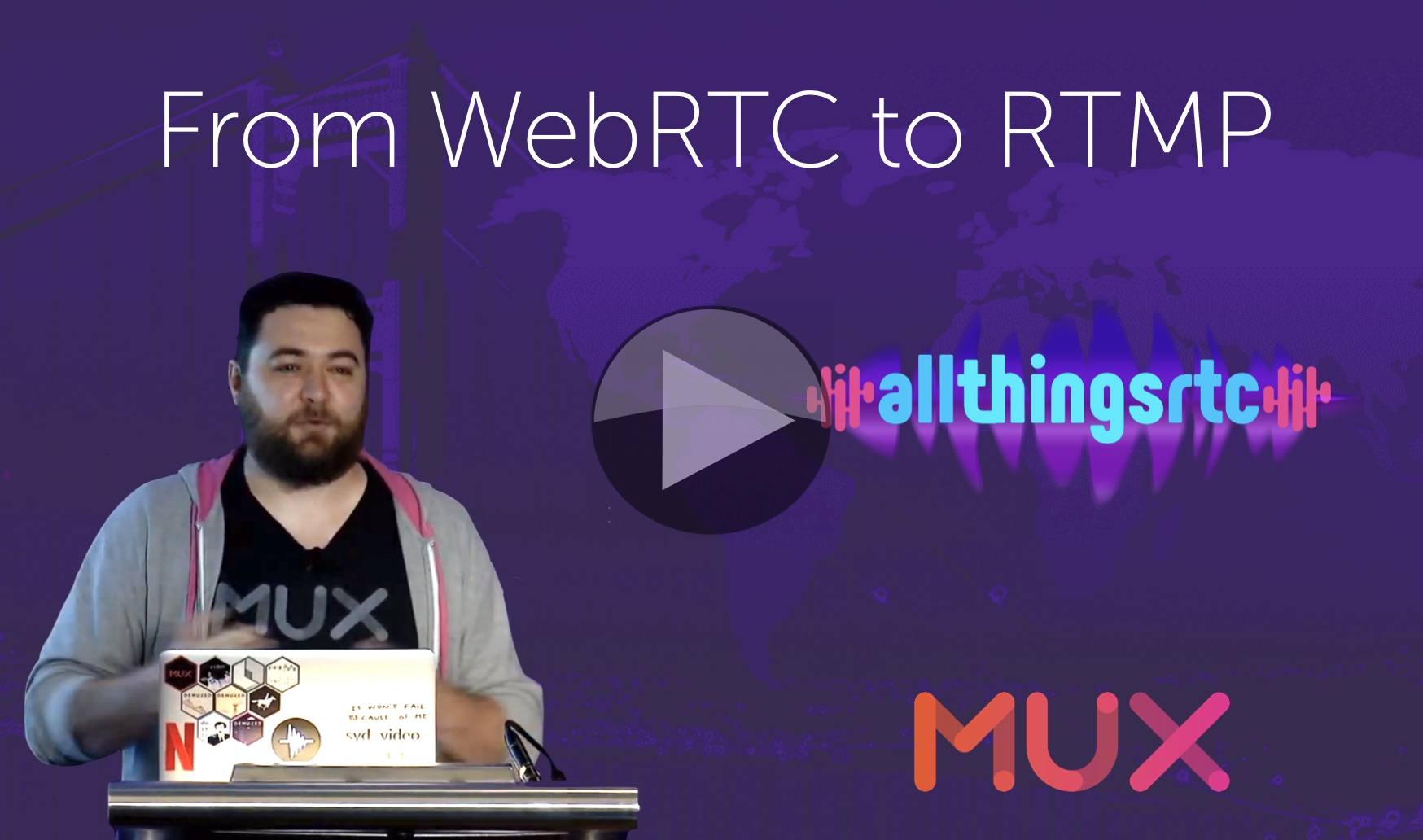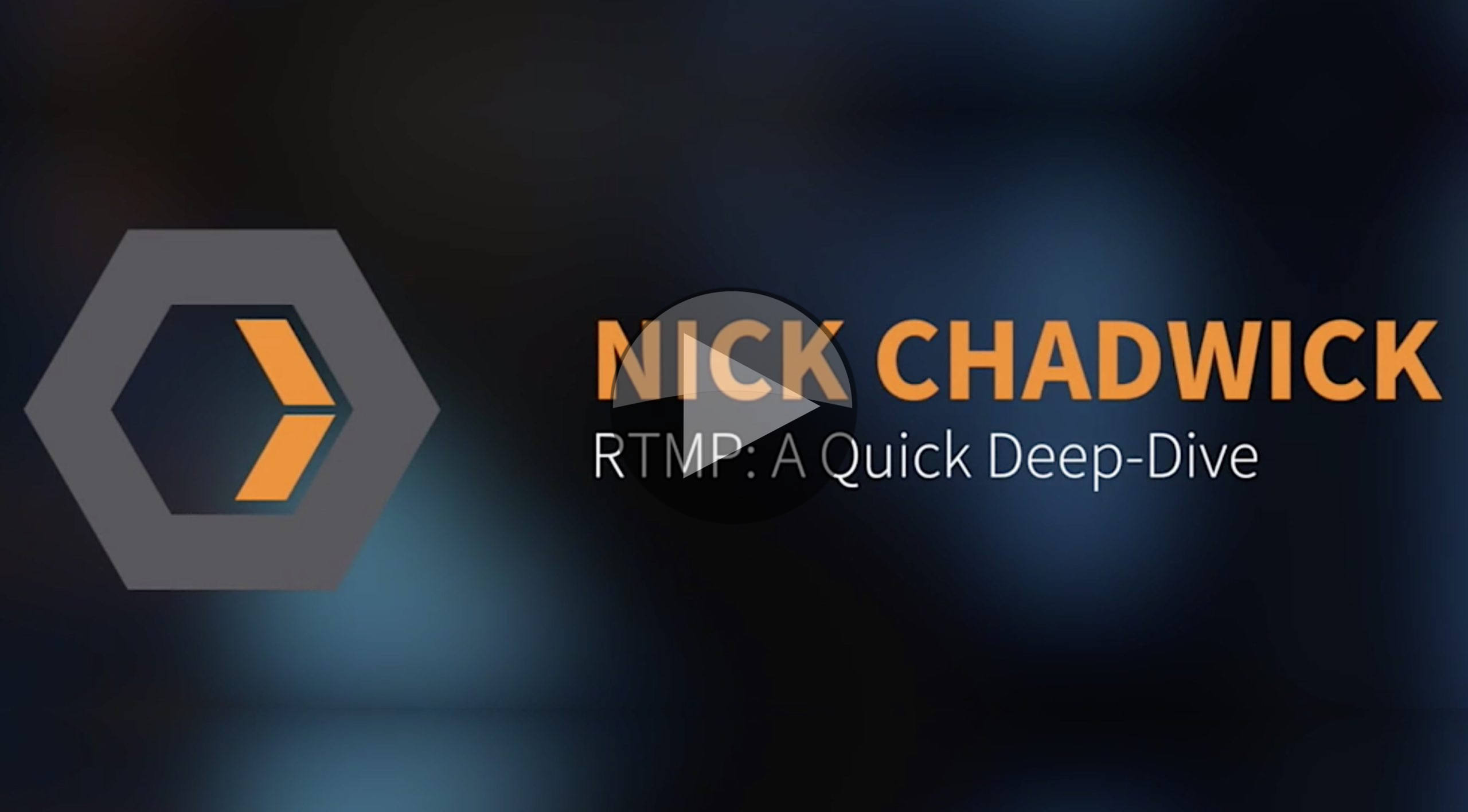
Using sub-second WebRTC with the scalability of CMAF: Allowing panelists and presenters to chat in real-time is really important to foster fluid conversations, but broadcasting that out to thousands of people scales more easily with CMAF based on MPEG DASH. In this talk, Mux’s Dylan Jhaveri (formerly CTO, Crowdcast.io) explains how they’ve combined WebRTC and CMAF to keep latencies low for everyone.
Speaking at the San Francisco VidDev meetup, Dylan explains that the Crowdspace webpage allows you to watch a number of participants talk in real-time as a live stream with live chat down the side of the screen. The live chat, naturally, feeds into the live conversation so latency needs to be low for the viewers as much as the on-camera participants. For them, WebRTC is used as this is one of the very few options that provides reliable sub-second streaming. To keep the interactivity between the chat and the participants, Crowdcast decided to look at ultra-low-latency CMAF which can deliver between 1 and 5 second latency depending on your risk threshold for rebuffering. So the task became to convert a WebRTC call into a low-latency stream that could easily be received by thousands of viewers.
Dylan points out that they were already taking WebRTC into the browser as that’s how people were using the platform. Therefore, using headless Chrome should allow you to pipe the video from the browser into ffmpeg and create an encode without having to composite individual streams whilst giving Crowdcast full layout control.
After a few months of tweaking, Dylan and his colleagues had Chrome going into ffmpeg then into a nodejs server which delivers CMAF chunks and manifests (click to learn more about how CMAF works). In order to scale this, Dylan explains the logic implemented in a CDN to use the nodejs server running in a docker container as an origin server. Using HLS they have a 95% cache hit rate and achieve 15 seconds latency. The tests at the time of the talks, Dylan explains, show that the CMAF implementation hits 3 seconds of latency and was working as expected.
The talk ends with a Q&A covering how they get the video out of the headerless Chrome, whether CMAF latency could be improved and why there are so many docker containers.
Watch now!
Speaker
 |
Dylan Jhaveri Senior Software Engineer, Mux Formerly CTO & Co-founder, Crowdcast.io |






